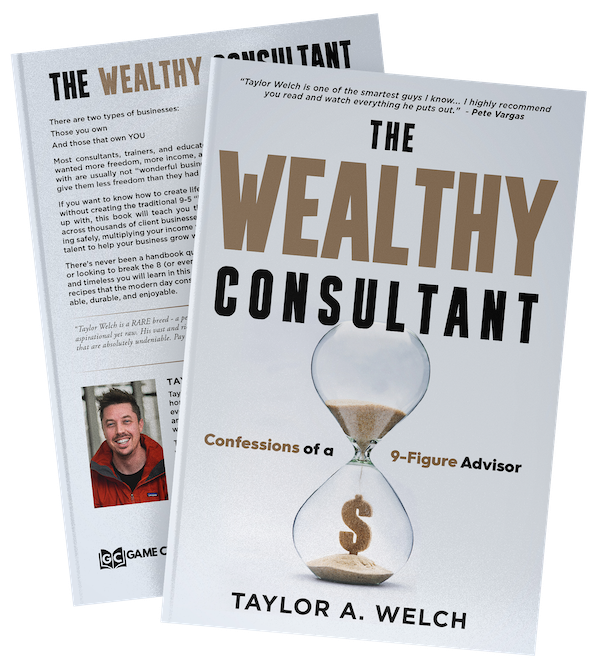Trade-offs and Yield
Welcome back, legends! Our goal is to build leverage into our businesses in as many ways as
possible.
When you have leverage, you can grow without the traditional
“trade-offs” most businesses experience. Your “yield” outpaces your inputs.
In this article, we’ll go over three of the leading models we install to create scale via leverage.

The First is Attention – Securing the Eyes and Ears

Attention Retention – Keeping the Trust

Repeat Customers – The Real Business Begins

Cash flow Conversion Cycles – The Strategic Needle Mover
Like this article?


